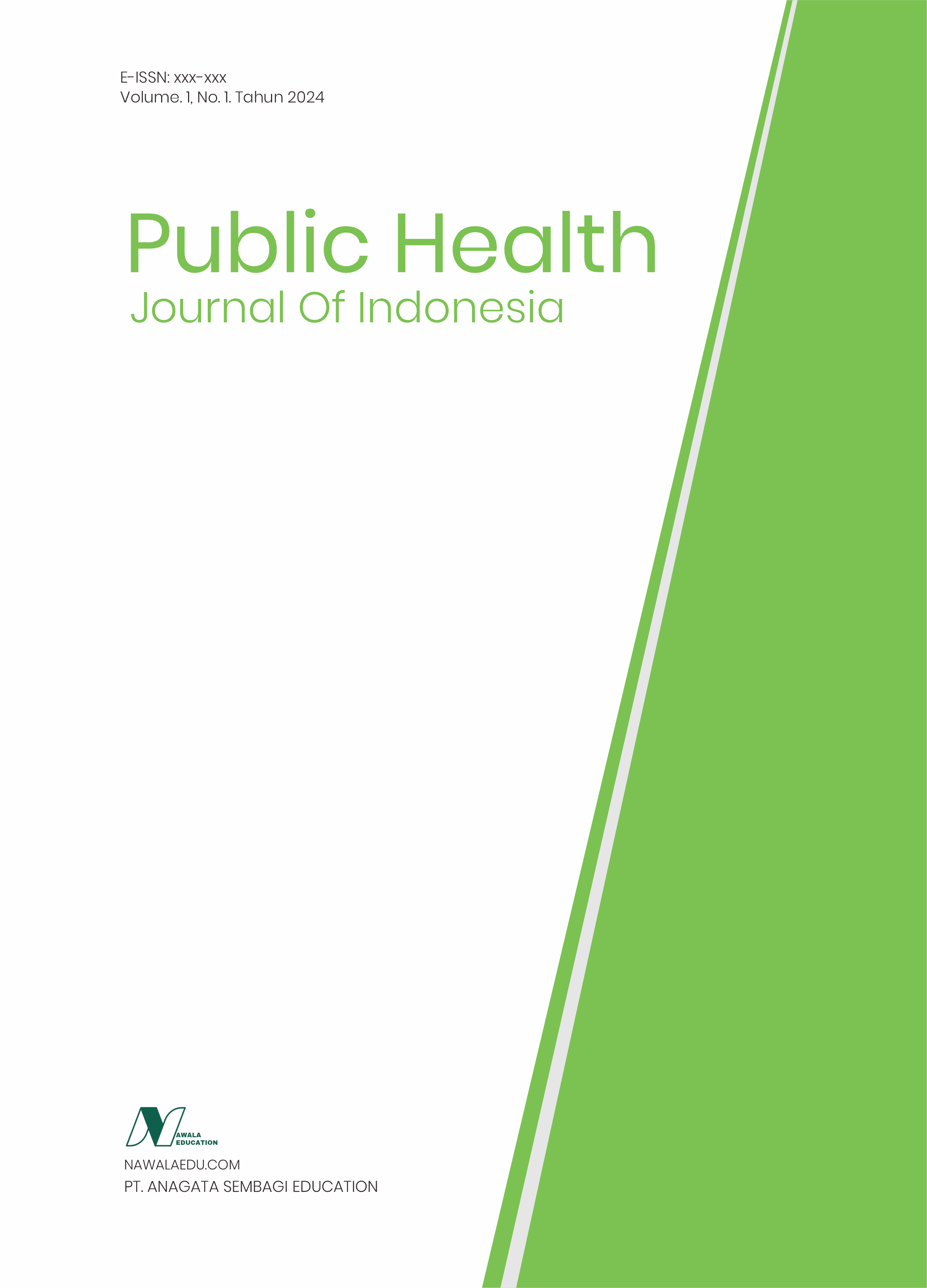Study on the influence of social media on the decline in smoking prevalence among adolescents
DOI:
https://doi.org/10.62872/p4q9h347Keywords:
social media, smoking prevalence, adolescents, anti-smoking campaignsAbstract
This study examines the influence of social media on reducing smoking prevalence among adolescents. Utilizing a quantitative approach with 220 respondents aged 12–18 years, the research highlights the significant role of social media in shaping attitudes and behaviors towards smoking. The findings reveal that anti-smoking campaigns on platforms like Instagram and TikTok effectively raise awareness of the health risks associated with smoking, leading to a decline in smoking prevalence. The study also identifies that visual and engaging content, along with community support, enhances the impact of these campaigns. However, the research acknowledges certain limitations, including the sample's regional focus and the absence of long-term impact analysis. This study contributes to the growing evidence of social media's potential as a public health intervention tool and offers practical insights for policymakers, educators, and health organizations to design targeted and effective campaigns.
Downloads
References
Ball, J., Zhang, J., Stanley, J., Waa, A., Gurram, N., & Edwards, R. (2022). Has increasing internet use due to smartphone uptake contributed to the decline in adolescent smoking?. Drug and alcohol review, 41(2), 365-376.
Chao, D., Hashimoto, H., & Kondo, N. (2019). Social influence of e-cigarette smoking prevalence on smoking behaviours among high-school teenagers: Microsimulation experiments. PloS one, 14(8), e0221557.
Wakefield, M., Flay, B., Nichter, M., & Giovino, G. (2003). Role of the media in influencing trajectories of youth smoking. Addiction, 98, 79-103.
Christakis, N. A., & Fowler, J. H. (2008). The collective dynamics of smoking in a large social network. New England journal of medicine, 358(21), 2249-2258.
Flynn, B. S., Worden, J. K., Bunn, J. Y., Solomon, L. J., Ashikaga, T., Connolly, S. W., & Ramirez, A. G. (2010). Mass media interventions to reduce youth smoking prevalence. American journal of preventive medicine, 39(1), 53-62.
Huang, G. C., Okamoto, J., Valente, T. W., Sun, P., Wei, Y., Johnson, C. A., & Unger, J. B. (2012). Effects of media and social standing on smoking behaviors among adolescents in China. Journal of Children and Media, 6(1), 100-118.
Reid, D. J., McNeill, A. D., & Glynn, T. J. (1995). Reducing the prevalence of smoking in youth in Western countries: an international review. Tobacco control, 4(3), 266.
Roberts, M. E., Nargiso, J. E., Gaitonde, L. B., Stanton, C. A., & Colby, S. M. (2015). Adolescent social networks: general and smoking-specific characteristics associated with smoking. Journal of studies on alcohol and drugs, 76(2), 247-255.
Chaudhary, N., & Jatal, M. (2024). The Role of Digital Media and Peer Influence on Adolescent Smoking Behavior: A Critical Analysis of Intervention Strategies. NPRC Journal of Multidisciplinary Research, 1(3), 161-175.
Pravosud, V., Ling, P. M., Halpern-Felsher, B., & Gribben, V. (2024). Social Media Exposure and Other Correlates of Increased e-Cigarette Use Among Adolescents During Remote Schooling: Cross-Sectional Study. JMIR Pediatrics and Parenting, 7, e49779.
Alexander, C., Piazza, M., Mekos, D., & Valente, T. (2001). Peers, schools, and adolescent cigarette smoking. Journal of adolescent health, 29(1), 22-30.
Miech, R., Keyes, K. M., O'Malley, P. M., & Johnston, L. D. (2020). The great decline in adolescent cigarette smoking since 2000: consequences for drug use among US adolescents. Tobacco Control, 29(6), 638-643.
Hunter, R. F., Montes, F., Murray, J. M., Sanchez-Franco, S. C., Montgomery, S. C., Jaramillo, J., ... & Kee, F. (2020). MECHANISMS study: using Game Theory to assess the effects of social norms and social networks on adolescent smoking in schools—study protocol. Frontiers in Public Health, 8, 377.
Bafunno, D., Catino, A., Lamorgese, V., Del Bene, G., Longo, V., Montrone, M., ... & Galetta, D. (2020). Impact of tobacco control interventions on smoking initiation, cessation, and prevalence: a systematic review. Journal of Thoracic Disease, 12(7), 3844.
Purba, A. K., Henderson, M., Baxter, A., Pearce, A., & Katikireddi, S. V. (2024). The relationship between time spent on social media and adolescent cigarette, E-cigarette, and dual use: a longitudinal analysis of the UK millennium cohort study. Nicotine and Tobacco Research, ntae057.
Piombo, S. E., Barrington-Trimis, J., & Valente, T. W. (2023). Impact of social networks and norms on e-cigarette use among adolescents in Southern California: a prospective cohort study. BMJ public health, 1(1).
Putra, A. A., Hubaybah, H., & Sari, R. E. (2024). Determinants of Adherence to Taking ARV (Anti Retro Viral) Drugs in PLWHA Patients at Simpang Kawat Public Health Center Jambi City in 2024. Journal of Public Health Indonesian, 1(4), 15-29.
Yulianto, M., Sari, R. E., & Hubaybah, H. (2024). The Effect of Individual, Psychological, and Organizational Factors on Nurse Performance at H. Abdurrahman Sayoeti Hospital, Jambi City in 2024. Journal of Public Health Indonesian, 1(5), 1-14.
Downloads
Additional Files
Published
Issue
Section
License
Copyright (c) 2025 Asep Rahman, Zuhrotunida Zuhrotunida (Author)

This work is licensed under a Creative Commons Attribution-ShareAlike 4.0 International License.

This work is licensed under a Creative Commons Attribution-ShareAlike 4.0 International License.











